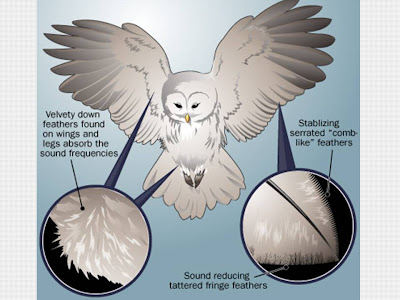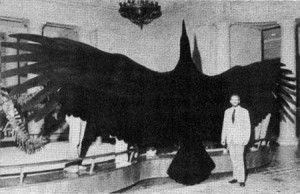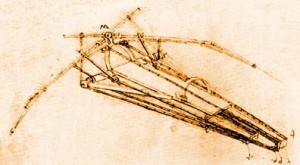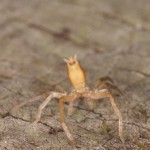Being an engineer is difficult. Not only do you have an extremely demanding workload and challenging classes, but you also get the prejudice of being, well, a nerd. "Oh, you're an engineer? Never mind, you probably haven't even been camping." or "I guessed you probably don't like animals because, you know, you're an engineer." are the types of phrases I've heard too many times. Just so you know, engineers are not soulless people who spend their entire lives next to a computer. On the contrary, many engineers actually spend a lot of time in nature studying animals and plants so we can incorporate their traits into our own designs.

Shinkansen Train
Biomimicry is the examination of nature, its models, systems, processes, and elements to emulate or take inspiration from in order to solve human problems.Engineers use biomimetics all the time to solve today's problems, one example being the Shinkansen bullet train. This japanese train can operate at up to 200 mph, and is used to transport people quickly and efficiently. Even now scientists are trying to improve the train, but not to increase the speed of the train, but to lower the sound of the train. Japan has a law that does not allow trains to produce more than 70 decibels of sound while traveling through populated areas.
Scientists and engineers have encountered two major problems with this law, one being that the faster the train goes, the more sound it makes, especially when the air hits the current collectors that receive electricity from the overhead wires, called the pantographs. The other problem is when the train leaves a tunnel, the air being compressed by the train creates a sonic boom.

Owl Feathers
The solution that the engineers found to the first problem was actually derived from nature itself. We learned from an interview with Eiji Nakatsu that they overcame the noise problem by studying owls and conducting wind test tunnels to analyze their sound. "We learned that one of the secrets of the owl family's low-noise flying lies in their wing plumage, which has many small saw-toothed feathers protruding from the outer rim of their primary feathers. Other birds do not have these feathers." (Nakatsu)
The saw-toothed wave feathers are called "serration feathers" and what they do breakup the larger votrexes that cause noise by createing smaller vortexes in the air flow. After many years of research they were able to add "serrations" to the main part of the pantograph which reduced the sound enough to abide by the law.

Belted Kingfisher
However, they still had the problem of the sonic booms that were produced as thetrain emerged from a tunnel. This problem was also solved by observing nature, "One of our young engineers told me [Nakatsu] that when the train rushes into a tunnel, he felt as if the train had shrunk. This must be due to a sudden change in air resistance, I thought. The question the occurred to me - is there some living thing that manages sudden changes in air resistance as a part of daily life? Yes, there is, the kingfisher."
The Kingfisher is a type of bird that dives from the air, which has low resistance, into high-resistance water, and incredibly does it without splashing. Nakatsu thought the reason was the streamlined shape of its beak. They conducted tests to measure pressure waves arising from shooting bullets of various shapes into a pipe. The data showed that the ideal shape for this Shinkansen is almost identical to a kingfisher's beak! They then fitted the front of the train with a design similar to the kingfisher'sbeak, and they problem with the sonic booms was gone.
Humans use nature everyday for inspiration, even in engineering. Even Nakatsu says, "I learned first hand that truth can be found in the way life exerts itself in order to persist and carry on in this world.". This train is one of hundreds of examples of engineers learning from nature in order to make human lives better. The next time some one tells you that engineers are boring and one sided, stand up and say "No we are not!".
Works Consulted:






